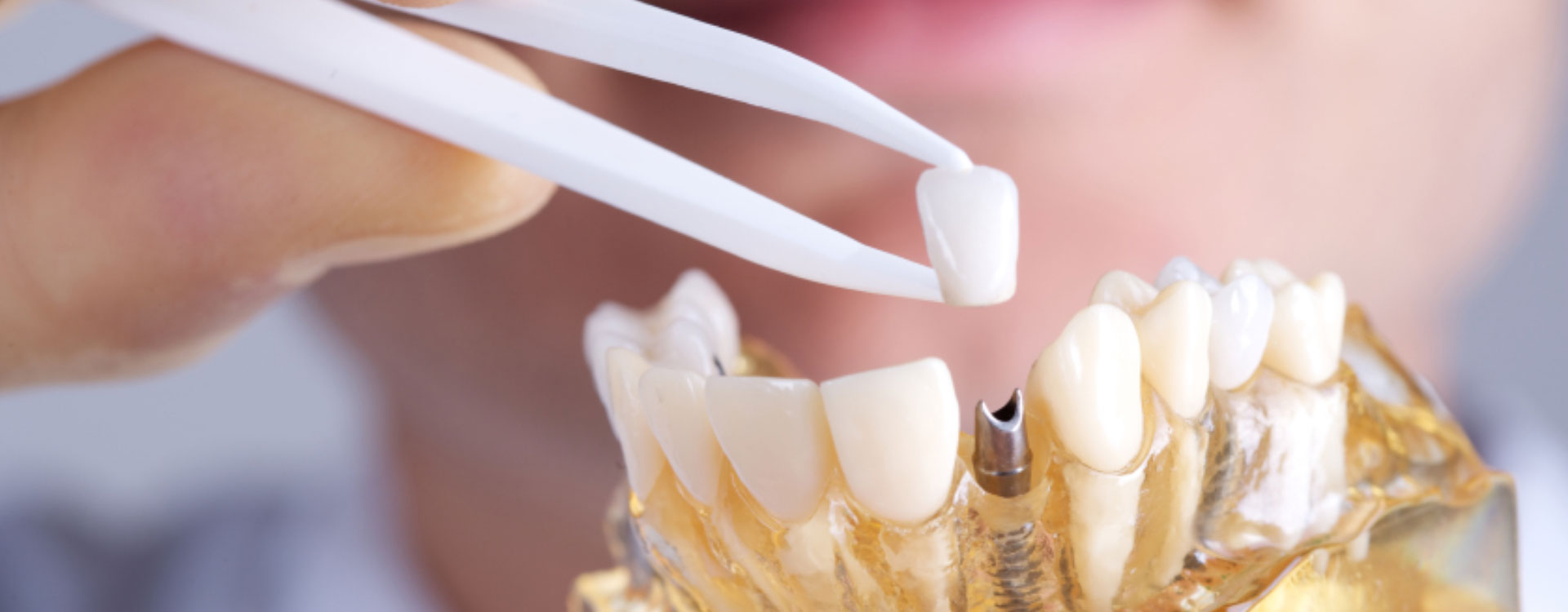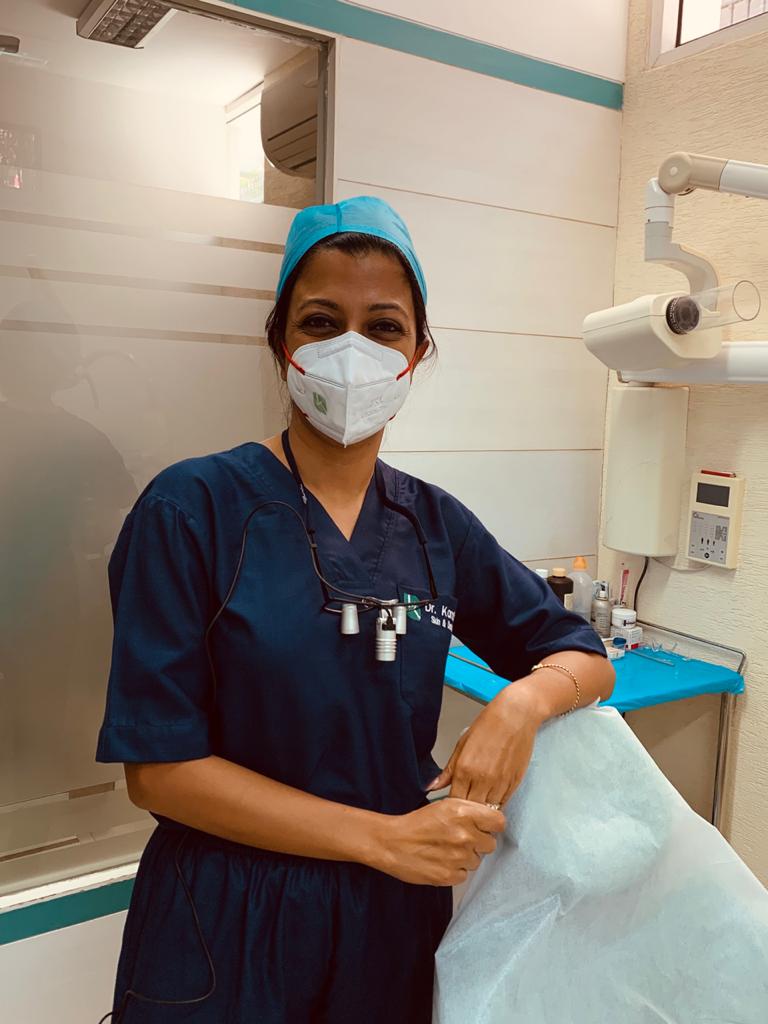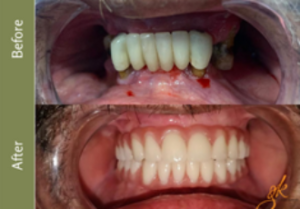Modern-day dental implants were discovered by Per-Ingvar Branemark, in the year 1952, he was a Swedish orthopaedic surgeon.
An implant is a screw made of titanium or in some cases zirconium. It is placed in the jawbone surgically which then integrates with the natural bone and acts as a root of the missing tooth. this than provides a strong foundation for the restoration.
Surgically there are two main types of implants.
Subperiosteal: This is rarely used nowadays, they were mainly used to hold dentures in place, These are placed on the jawbone and not within it, with their metal head exposed. These were mainly used in areas with thin or insufficient bone.
Endosteal: This is the main form of modern dental implants being placed worldwide. These are placed within the jawbone and are completely submerged.They are much more stable and give a very aesthetic result. For most of the cases this is the implant of choice.


Dental implants can be done for most patients, however few things to be kept in mind are:
Bone Health- The quality and quantity of remaining bone after loosing the teeth is of utmost importance. There should be sufficient amount of at least average quality of bone should be present. This is important to provide stability and retention to the implant.A CBCT scan can be done to provide an excellent report in 3 dimensional and is a great aid in implant planning.
General medical history- Of the patient, in most cases implants are not contraindicated except in malignant uncontrolled hyper tension. Thyroid patients who are on bisphosphonate therapy.Cancer patients who are on radiation therapy in the head and neck region are usually not good Candidates for implants. This is because radiantion can many a times severely affect the bone quality.
First Sitting: A detailed consultation and in depth discussion with the implantologist. After this facial and intramural photographs are taken along with an impression.
Scan: 3D computer guided and highly precise CBCT scan is advised, which along with the computerised implant software is used in the implant planning.
Second Sitting: In this sitting the surgical procedure is carried out involving extractions if required and surgical implant placement. In some cases where immediate loading can be done, like where adequate bone strength is there.
Final Sitting: During this time the implant head is exposed and the final restoration is completed.
Implants can be done for a single missing tooth or several missing teeth and also in completely edentulous patients wherein implant supported dentures can be given.
It is of utmost import dance for the patient to be on a soft diet until the final dentures are given.
Like every surgical or dental procedure implants have certain pros and cons:
The advantages are:
The disadvantages are:


11, Munirka Marg, Vasant Vihar
New Delhi, Delhi-110057
Call: 09810324825
S-79, Greater Kailash Part-1
New Delhi – 110048
Call: 09315479193

